As the Australians approached the starting line of the last fleet race in the event, their hopes of a strong finish—and possibly securing a spot in the podium race—came crashing down, quite literally, when their F50’s wing collapsed. This incident sent shockwaves through the event, raising instant questions about the design of the F50 catamarans, wing failure mechanics, the materials used to construct the wings, the way equipment is transported and stored, previous race incidents, and the broader impact on the Australian’s performance into the future.
As heartbreaking an incident it was for the Australian SailGP team, the incident draws attention to the high stakes, high-performance nature of the F50 catamarans and the finely-tuned operations required to keep them racing at the top of their game.
Please read our follow-up article titled When the wing folds; how a known risk brought down two F50 in which we provide the details of what happened from the perspective of a boat designer and expert on the F50. It is well-worth a clicking through.
The F50 catamaran’s wing foils are a high-tech marvel of design
Without doubt the F50s are a high-tech marvel of design. Racing vessels built for the extremes of performance, and designed with a focus on speed, agility, and cutting-edge technology, they’re the most advanced multihulls in competitive sailing. With a top speed of 96.6 km/h (60 mp/h) and equipped with a two-element wingsail, designed to fly on hydrofoils and race at breakneck speeds, the F50s are an evolution that keeps breaking engineering boundaries.

One of the standout features of the F50s is their wingsail, which has been engineered to offer both lift and control, much like an airplane wing. The F50’s sails can be adjusted in both size and angle to optimise performance in different wind conditions. Teams can choose from three wing sizes: the 18-metre wing for strong winds, the 24-metre all-purpose wing, and the 29-metre wing for light winds. These wings, along with interchangeable daggerboards and rudders, allow crews to balance power, speed, and control. Adjusting the wing angle helps manage lift and stability, preventing capsizes. Since all teams race in identical boats, success depends on skill, precision, and teamwork to harness the F50’s full potential while maintaining control at high speeds.
The wingsail, controlled by hydraulics and a highly-sensitive system of camber and twist controls, is essential for the F50’s ability to achieve the speeds for which it is known. The wing’s importance cannot be overstated; it is the powerhouse of the vessel. When it fails, as it did for the Australian team in San Francisco, and the New Zealand team, last year in France, the result is a catastrophic breakage.
What a nightmare for the Australian SailGP team
The incident unfolded on the approach to the start of the seventh fleet race. The Australian F50’s wing collapsed just as the team was attempting to find a gap in the crowded start box. And with 11 boats vying for position, in a small funnel of space, crowded, it was!
The room of people I was in was deadly quiet. Those around me were stunned. This was both as unexpected as it was dramatic. The Australian team had come in fast from behind the pack, thought they had found a gap between the Italian and U.S.A. F50s, and turned at a strong angle to inch their way. At the last second, finding the gap too tight, and just as they started to pull away (‘turned up’), their bow was submerged in the swell, adding more stress and weight. It is possible that they received turbulence or sudden backwind, from other boats in the fleet at the same time. In any case, their F50 stopped but their wing did not.

At the time, I thought the Australian F50’s right-hand bow hull had clipped the stern of the Italian’s F50’s left-hand hull. UmpApp shows the Australian hull and Italian hull outlines briefly crossing right on the very corner of the Italians stern but as the Italian’s were foiling at the time, no contact was made. (UmpApp, an app that SailGP uses for video assisted refereeing, enables umpires to make rapid decisions during racing. Originally developed for the America’s Cup, it uses advanced GPS technology to track each boat’s position with an accuracy of 2.5cm.)

The Australians missed the Italians by a smidgen. Australian driver and CEO, Tom Slingsby described the situation as a “blur,” further highlighting: “We were coming into the start, we were looking for a gap and we realised there wasn’t going to be one, so we conceded and turned up,” he says. “I don’t really know what happened but my guess is that the wing failed right at that moment that we turned up sharply.”
Certainly, the wing disintegrated, at multiple points, causing severe damage to the vessel. The breakage was loud enough for other teams to hear the break over their headsets.

No injuries were reported.
However, the consequences of the incident are potentially far-reaching. Australia had been performing well throughout the regatta, posting results of 2-3-3-4-5-2 in the previous races. They were in a strong position, tied for first place in the standings, and with the potential to make it to the podium final. But the wing breakage meant they could not compete any further in the regatta, forcing them to retire from contention.

This was not just a technical failure—I would say it was also a tactical failure. The fact that the Australian’s felt they had to come in so fast from behind in the hope of fitting into an already tight gap, meant they possibly misread the start. This a daredevil sport at times, with cheeky plays made to gain an advantage over a competitor, and this time, it was lucky that only one team came away with a broken boat.

Previous failures might provide a broader context
This incident wasn’t the first time a SailGP team has faced wing failure during a high-profile event. In 2023, Team New Zealand experienced a similar incident when their 29-metre wing collapsed during the France SailGP. Like the Australians, the Kiwis were forced to retire mid-race, and the wing was not used again until later events. The cause of that failure was never conclusively determined, though speculation pointed towards potential rigging issues or even a possible assembly error by the shore crew. Despite the setback, the New Zealand team returned to the circuit and managed to take the event win in Dubai, albeit with much caution surrounding the 29-metre wing.
What’s next?
The Australian team has already begun reviewing camera footage and technical data to determine the cause of the failure. There is no ‘spare’ sail, and similar to New Zealand in 2023, they will need to move forwards until the 29-metre wing is replaced.
As for the F50s, the events in San Francisco will likely lead to further scrutiny and possible design tweaks. Typically, ‘non destructive testing’, which is an ultrasound, will take place to help find issues. I, for one, would be keen to learn more from a technical perspective.

For now, the team is focused on recovery and reflection. Their performance in San Francisco, despite the devastating end, should not be overshadowed by this singular event. Despite not being able to compete in fleet Race 7 in San Francisco, or make it on to race in the final, Australia is now top of the season leaderboard with 39 points. Emirates GBR is sitting in second place, on 38 points, followed by Spain, on 36 points. The Black Foils are sitting in fourth place with 35 points.












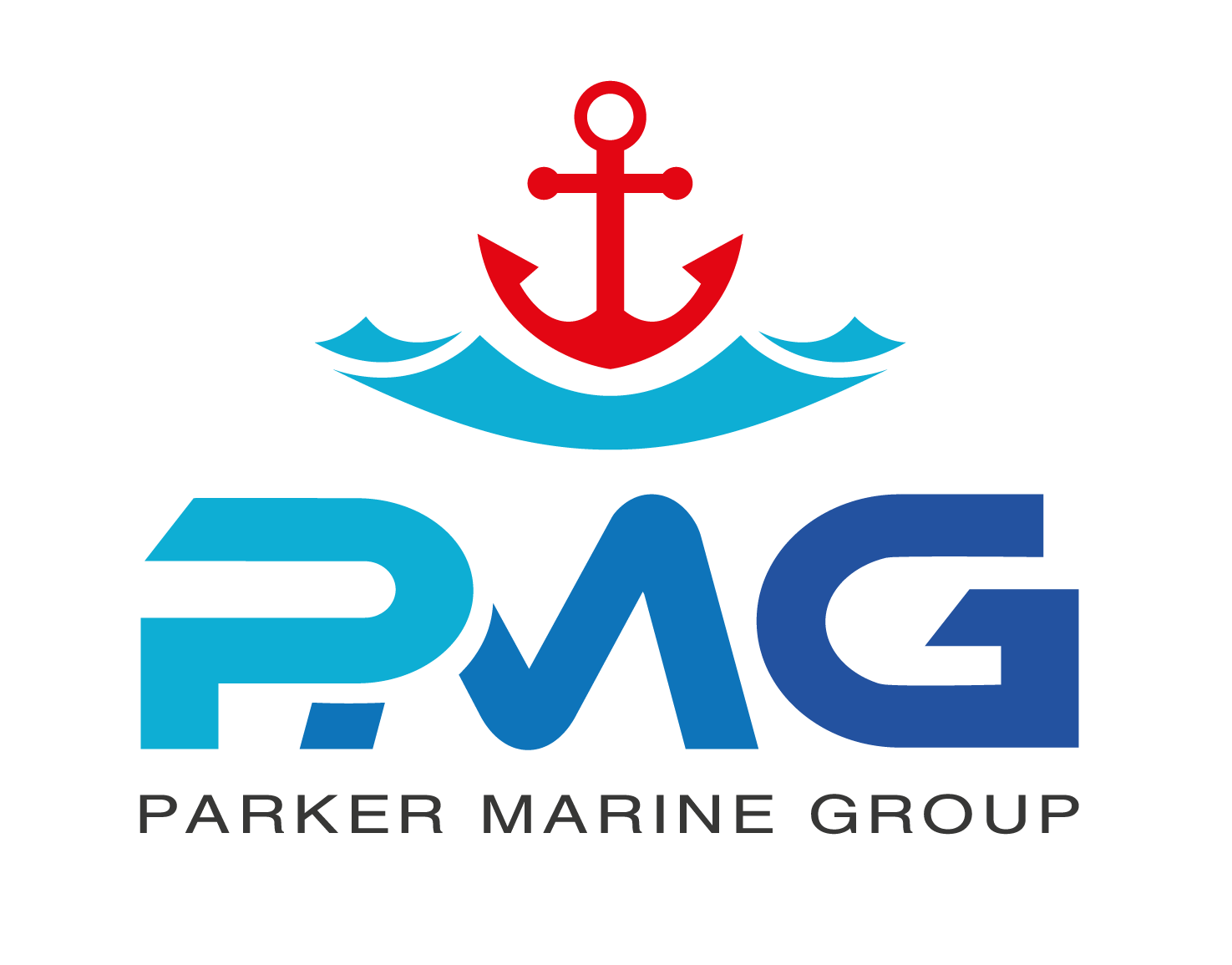




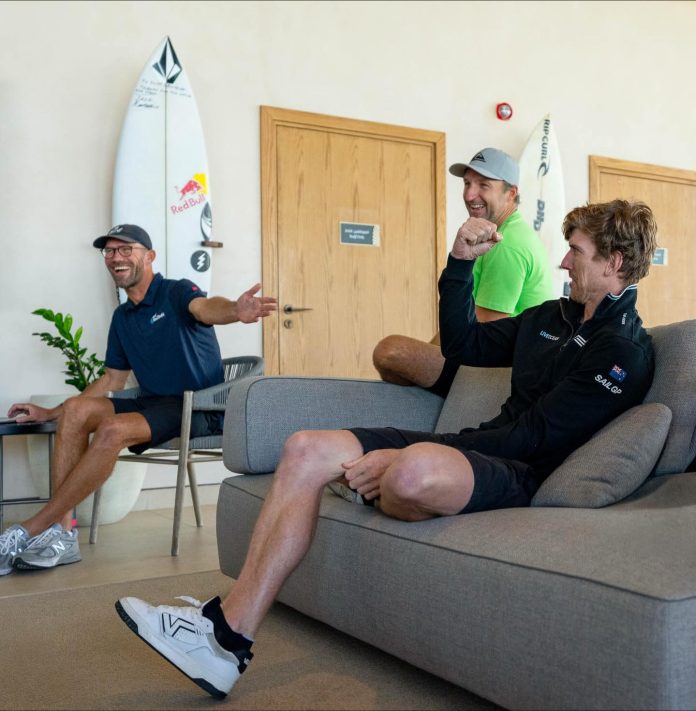



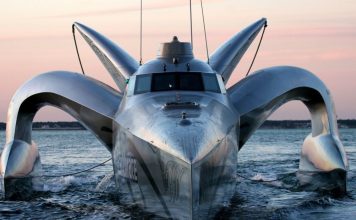
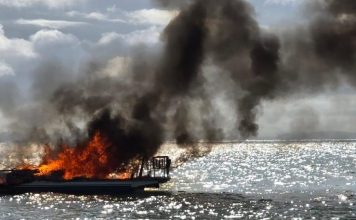
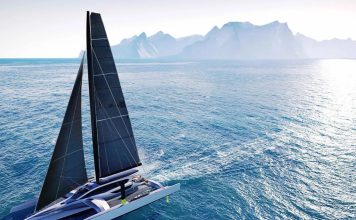

Excellent post but it doesn’t explain the root cause analysis reason for the wing failure. Treating the wing as a vertical beam it is under shear loads (in both lateral directions as well as torsional) as well as bending loads (about both horizontal axes) and compressive axial loads – so downwards. The wing design team will be fully aware of these and will be analysing these right now. Unfortunately in such a transient impactive manoeuvre situation like this all the loads have obviously cumulatively added to exceed the combined bending and axial compression loading which resulted in the obvious total buckling failure of the wing. I look forward to the solution going forward.